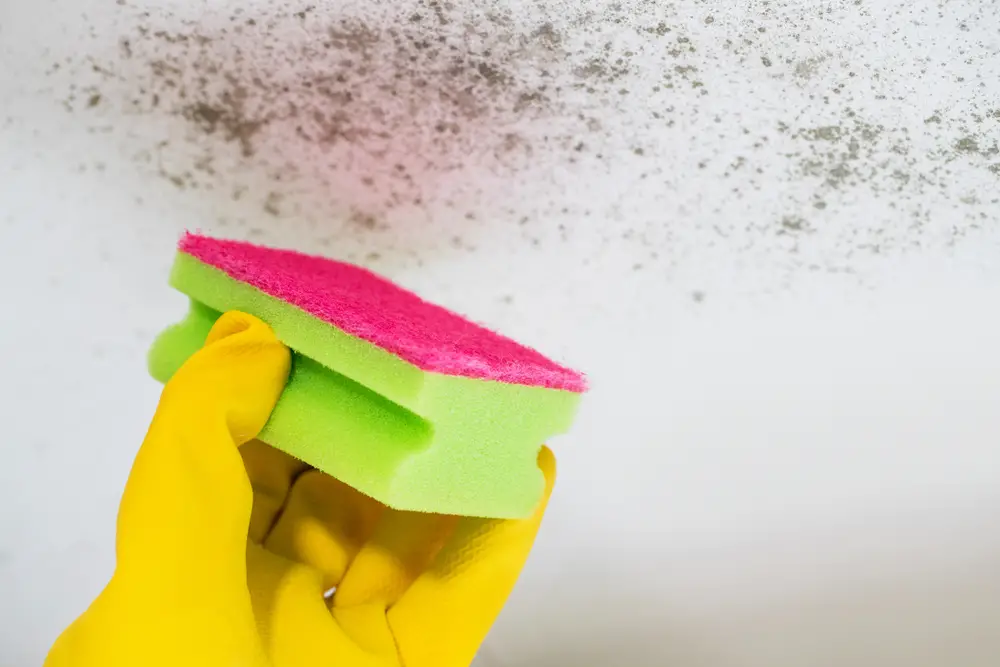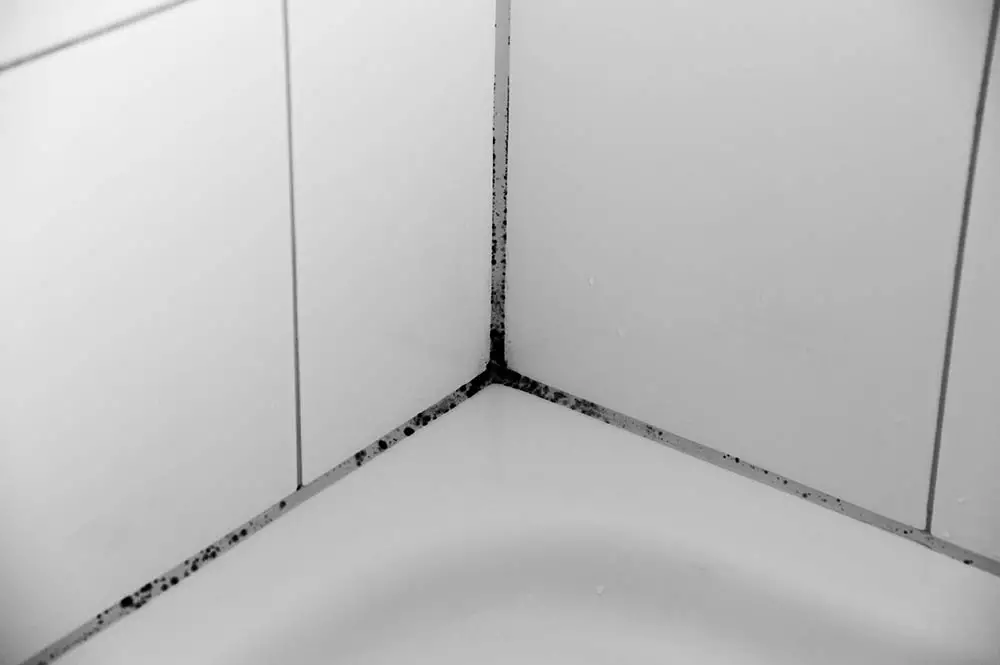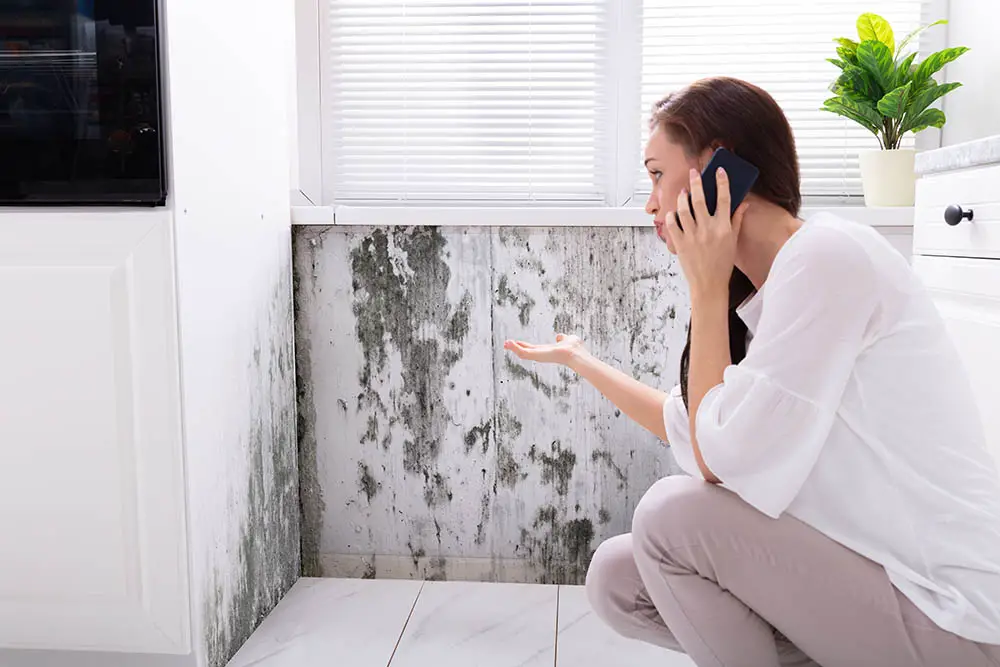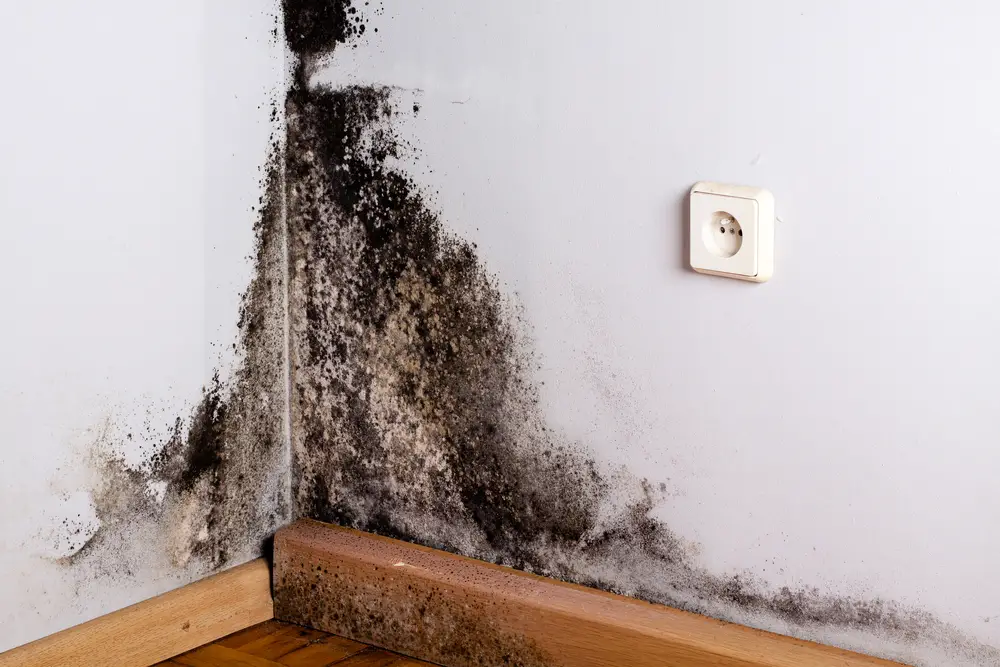Bathroom mold is a common problem that many homeowners face. It can be unsightly, cause unpleasant odors, and even pose health risks. While some types of mold are harmless, others can be dangerous and require immediate attention. With so much conflicting information out there, it’s important to know how to identify bathroom mold, when to be concerned, and what steps to take to prevent it from spreading. In this blog post, we’ll explore everything you need to know about bathroom mold and how to keep your family safe.
What is Bathroom Mold?
Bathroom mold is a type of mold that grows in damp and humid environments. It is most commonly found in bathrooms, but it can also grow in other areas of the home, such as the kitchen, basement, and laundry room. Bathroom mold can be black, green, or white, and it can appear in a variety of shapes and sizes.
How Does Bathroom Mold Grow?
Bathroom mold grows when there is moisture and a food source present. The most common food sources for bathroom mold are organic materials, such as wood, paper, and fabric. Bathroom mold can also grow on non-organic materials, such as paint and drywall.
What are the Health Risks of Bathroom Mold Exposure?
Bathroom mold can cause a variety of health problems, including:
- Respiratory problems: Mold spores can irritate the airways and cause respiratory problems such as coughing, wheezing, and shortness of breath.
- Allergies: Mold spores can trigger allergic reactions in some people, causing symptoms such as sneezing, runny nose, and itchy eyes.
- Skin irritation: Mold spores can irritate the skin, causing rashes and itching.
- Other health problems: In some cases, mold exposure has been linked to more serious health problems such as pneumonia, chronic fatigue syndrome, and even death.
How to Prevent Bathroom Mold Growth
The best way to prevent bathroom mold growth is to keep your bathroom clean and dry. Here are some tips for preventing bathroom mold growth:
- Fix any leaks or water damage immediately.
- Keep your bathroom well-ventilated.
- Use a dehumidifier to remove excess moisture from the air.
- Clean up spills and messes promptly.
- Don’t store wet items in your bathroom.
- Paint your bathroom walls with mold-resistant paint.
What to Do if You Find Bathroom Mold
If you find bathroom mold, it is important to clean it up as soon as possible. You can clean mold yourself with a commercial mold cleaner. Be sure to wear gloves and a mask when cleaning mold. If the mold is too much or extensive, you may need to call a professional mold remediation company.
When Should You Be Concerned with Your Bathroom Mold?
Mold is alarming as it is, but sometimes people fail to take action on them. When you see your bathroom mold looking black, or dark brown in color and it having a furry or fuzzy texture with a bad odor, you should definitely start being concerned, especially if it grows on areas that are hard to reach or clean. This is because if you aren’t able to clean the area regularly, it is most likely that the mold will grow and stay in that area.
Conclusion
Bathroom mold is a common problem, but it can be prevented. By following the tips in this article, you can keep your bathroom mold-free and protect your health.

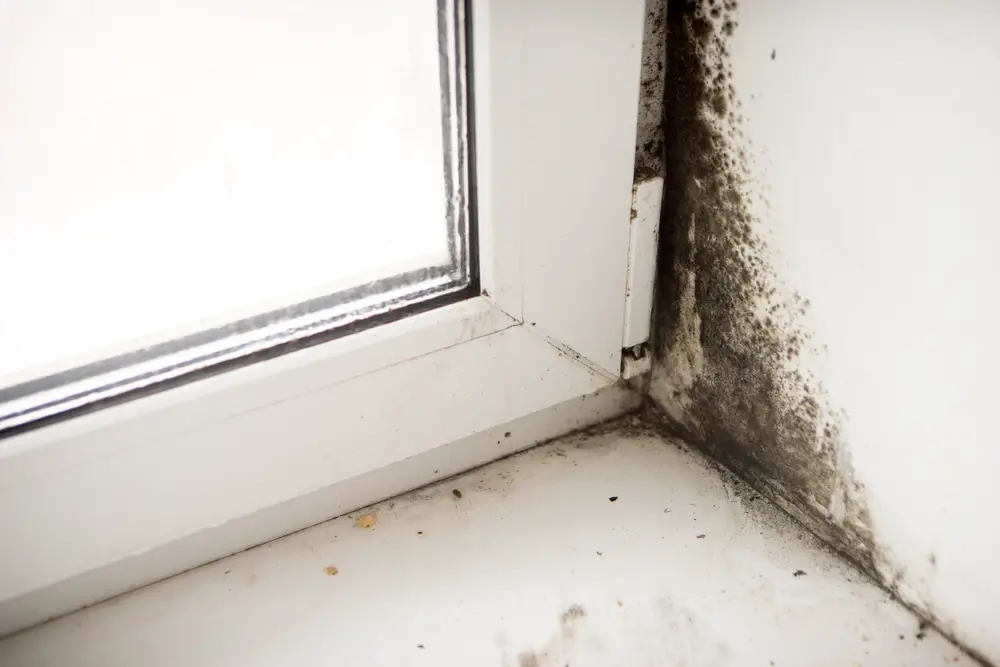
![What are The Things I Should Never Do When Dealing with Mold? what never to do when dealing with mold home tour series]](https://hometourseries.com/wp-content/uploads/2023/08/what-never-to-do-when-dealing-with-mold-home-tour-series-150x150.jpeg)
